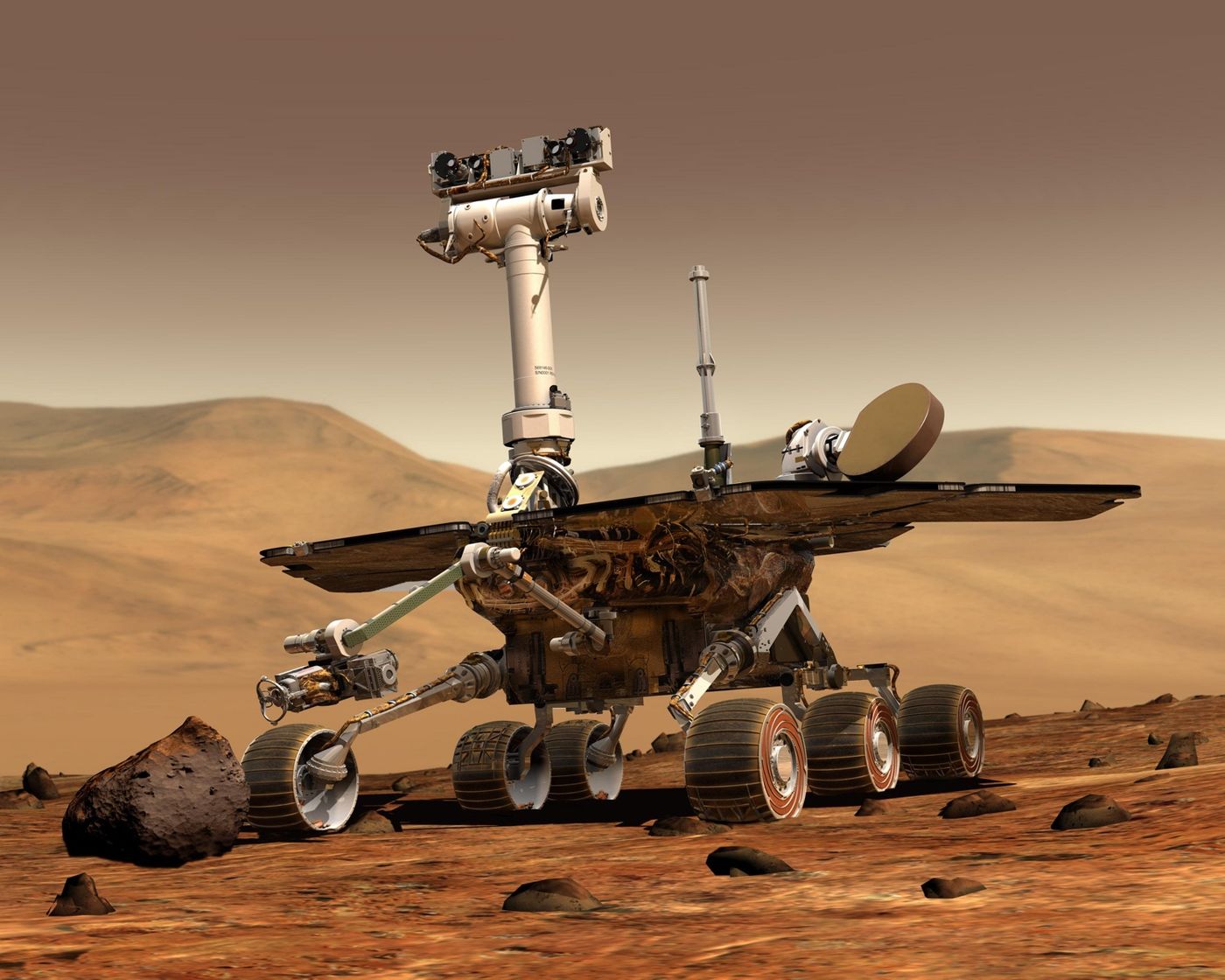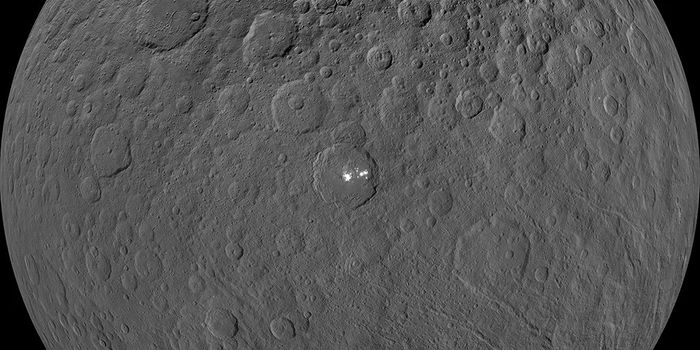NASA Officially Terminates the Opportunity Rover Mission
NASA’s Opportunity rover was the interplanetary version of the little engine that could; unfortunately, it couldn’t. The American space agency announced on Wednesday the end of its record-setting Opportunity mission after more than one-thousand unsuccessful attempts to reestablish a communication line with the rover since it was struck by a Mars-wide dust storm more than eight months ago.
Image Credit: NASA
NASA engineers tried contacting the Opportunity rover again on Tuesday with the 70-meter Mars Station antenna at the Goldstone Deep Space Complex, but to no avail. Engineers haven’t heard from Opportunity since June 10th, 2018, and if there were any hope that the rover would have awakened from its slumber and responded, then it surely would have done so by now.
“We have made every reasonable engineering effort to try to recover Opportunity and have determined that the likelihood of receiving a signal is far too low to continue recovery efforts," explained John Callas, the manager of the Mars Exploration Rover (MER) project.
Related: Meet Jezero Crater, the future landing site of the Mars 2020 rover
Opportunity’s final resting place is none other than Mars’ Perseverance Valley – a fitting location with a suitable name considering the rover’s many achievements over the years.
Throughout its travels, the Opportunity rover snapped several images of the Martian landscape and taught us much about the geology of our planetary neighbor. One of the primary highlights of the Opportunity mission was the discovery that Mars may have been a wet and habitable place at one point in its past. More recent operations, including that of the Curiosity rover, have corroborated these findings.
The Opportunity rover has also set driving distance records, unearthed the fresh mineral surfaces of dozens of Martian rocks for analysis, captured more than a dozen color panoramas of its surroundings, and discovered the mineral hematite.
Despite what looks like a considerable loss at first glance, it’s important to remember that Opportunity well-outlived its initial expectations. Engineers originally designed the rover to survive only 90 sol (Martian days) on the red planet’s surface, trekking only 1,100 yards in that time. Instead, Opportunity surprised us all by lasting more than 15 years and accumulating more than 45 miles on its odometer along the way.
"It is because of trailblazing missions such as Opportunity that there will come a day when our brave astronauts walk on the surface of Mars," added NASA administrator Jim Bridenstine. "And when that day arrives, some portion of that first footprint will be owned by the men and women of Opportunity, and a little rover that defied the odds and did so much in the name of exploration."
Related: The Curiosity rover's wheels are breaking down
It’d be an understatement to say Opportunity was an asset to science, but we can only hope that existing missions like Curiosity and upcoming missions like Mars 2020 will pick up where Opportunity left off.
Source: NASA









